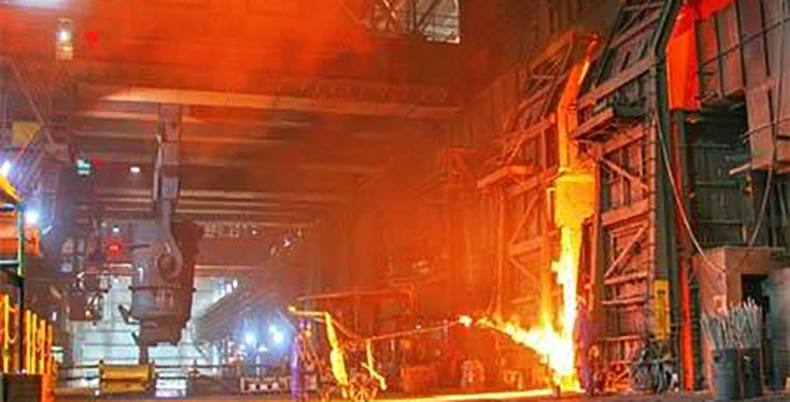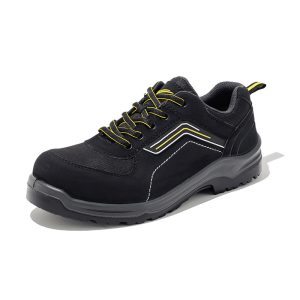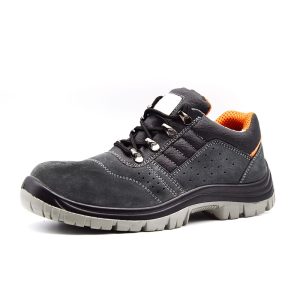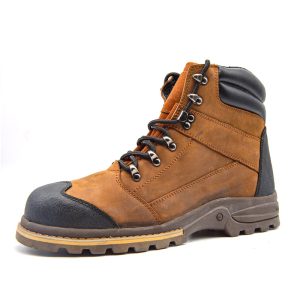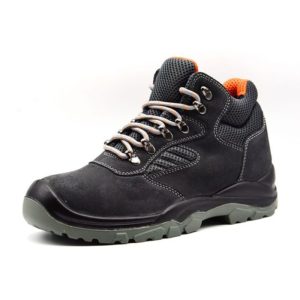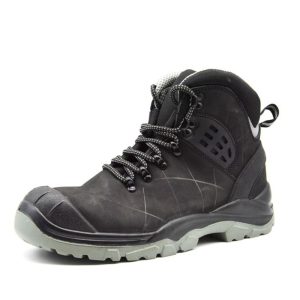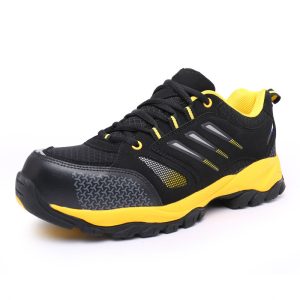How should various industries choose safety shoes
When workers use tools, operate machines, and carry materials, their feet are usually in the lowest position of the working posture, and they will come into contact with heavy, hard, and angular objects at any time, so they are easily injured by smashing, poking, or crushing. Moreover, if the feet are not firmly established, the body will lose its balance and the normal working posture will be changed, causing accidents. It can be seen that the safety equipment to protect the feet is very important.
Foot injuries are common in the work environment. The high demand for safety shoes has resulted in a large selection of safety shoes on the market. Making the right choice can seem a little tricky.
You will be wearing work shoes for most of the day, so choosing a shoe that is comfortable and will give you support is a must in safety footwear. Durability should be your first consideration, but most importantly, protection should be the most important consideration when choosing safety shoes.
Here is a guide on how to properly choose safety shoes for the type of work you do.
Key factors to consider when choosing the right footwear for employees working at heights Wear suitable safety shoes for gripping on ladders.
When choosing the right safety shoes, check your work environment and the type of work you perform for any of the following safety hazards:
Walking surface
In workplaces such as kitchens that have smooth, wet or slippery walking surfaces, you need non-slip shoes or safety shoes with non-slip soles to provide maximum grip under conditions caused by polishing, water, ice, oil or anything that will throw you off balance. For uneven surfaces like milling sites, look for ankle safety shoes that protect the ankle from sprains. Make sure walking surfaces are also properly maintained.
Prominent objects
In workshops and other workplaces where sharp objects such as nails and scrap metal are commonly seen on the walking surface, thick-soled, puncture-resistant safety boots are required.
Falling object
In workplaces such as construction sites where injuries from falling objects such as bricks or tools can occur, steel toed boots are essential.
Rolling or mechanical equipment
Steel-toed boots should also be worn in workplaces such as warehouses with heavy rolling equipment such as forklifts and wheelbarrows. Steel toed boots are also required in workplaces such as scrap yards and assembly plants that have machinery that performs punching and crushing tasks.
Hot
In working environments with extremely hot materials or temperatures, such as foundries, or extremely low temperatures, such as refrigerated warehouses, thermal boots are a must. Wearing the right safety boots can protect workers from burns or frostbite.
Steel manufacturers
We know that there is a clear division of labor in the iron and steel smelting industry, and there are certain risks in the smelting process. Once the concentration of harmful factors occurs, it will cause more serious consequences, such as molten steel, slag splashing and explosion. This requires our staff to always keep in mind that safety should be the first priority when operating, and wear personal protective equipment when entering the work area
High temperature resistant labor insurance shoes are one of the common labor insurance shoes in the iron and steel smelting industry. During the smelting process, molten steel and molten iron are both high-temperature molten liquids, as well as boiling slag. In such a high-temperature working environment, in order to avoid high-temperature burns on the skin of the operator’s feet, high-temperature injuries such as splashed molten metal or sparks. Therefore, workers with certain special positions in the iron and steel smelting industry need to wear high-temperature-resistant labor protection shoes. Our soles and uppers are made of high-temperature-resistant materials, which can better provide safety protection for operators and protect them from foreseeable high-temperature damage.
Electric
In electrically hazardous work environments, work boots with non-conductive soles and heels must be worn. This will protect workers from electric shock.
Chemical industry
Chemically resistant boots are a must in workplaces where hazardous or corrosive substances such as bleach or acids are handled. These boots have a knee-length design to protect against accidental splashes.
Biology
Biological hazards such as allergies, skin rashes and bacterial growth are often present in wet or outdoor work environments. Safety boots are designed to be water and chemical resistant.
Once you’ve chosen the right safety shoes for your workplace environment, check them out for these minor but important details:
Make sure your safety shoes have room for an extra pair of socks and enough room for your toes to move. An arborist wearing appropriate safety shoes stands on top of a pile of broken logs to protect them.
After tying the laces, check that the boot is adjustable at the heel and ankle.
Make sure the tongue and sides of the safety shoes have no seams where liquids can seep.
Once you know what safety boots are and what types of safety shoes exist, it’s time to determine the best footwear for each situation
The first thing to do is to consider the risks workers face in the workplace.
For example, if you identify a falling object, crush or puncture hazard, you should indicate the approximate weight, height or speed at which the object fell to determine the level of risk in the event of an accident.
Other factors such as humidity, contact with water or temperature in the workplace are also important when choosing the most effective safety shoes.
If you want to read more about safety shoes check out our blog and don’t miss any of our content
Do you know which type of safety shoes you should use according to the working conditions in each situation? If you have any questions or questions, please leave a comment in the comments




